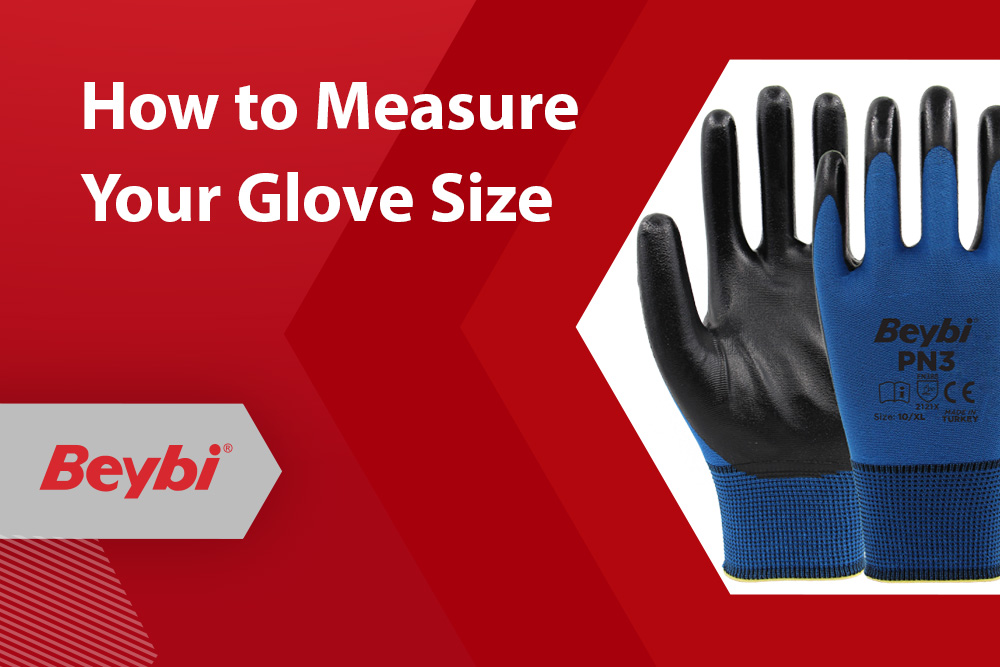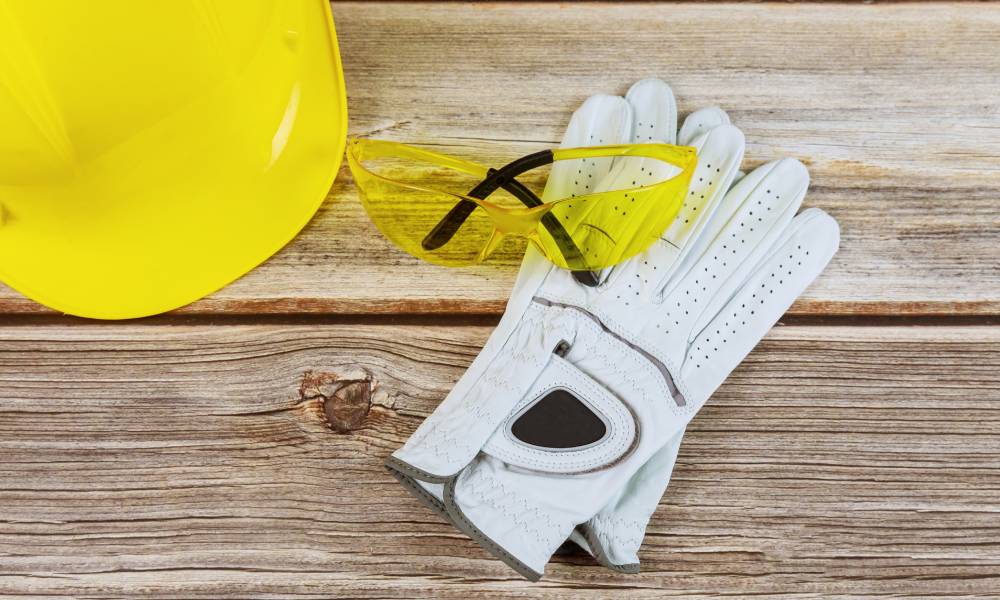
How to Measure Your Glove Size? A Step-by-Step Guide
Selecting the correct glove size is essential to ensure both a comfortable fit and effective protection. Gloves are used in various fields, including occupational safety, healthcare, cleaning, and food processing. Selecting the wrong size can negatively impact functionality and comfort. So, how do you measure your glove size correctly? This guide provides a detailed, step-by-step approach to help you determine the right glove size.
Why Is Glove Size Important?
Wearing the wrong glove size can lead to workplace accidents and hand fatigue. Oversized ones may slip off, making precise tasks difficult, while tight ones can restrict movement and cause discomfort over time. This is why it's essential to ensure a proper fit.
How to Determine Your Glove Size?
All you need to measure your glove size is a measuring tape or ruler. Follow these simple steps to determine your ideal size:
1. Measuring Hand Circumference
Open Your Palm: Relax your hand and slightly spread your fingers.
Use a Measuring Tape: Wrap the tape around the widest part of your palm, excluding the thumb.
Record the Measurement: Compare your hand circumference with standard size charts.
2. Measuring Hand Length
Place Your Hand on a Flat Surface: Keep your palm flat and fingers straight.
Measure from Middle Finger to Wrist: Use a measuring tape or ruler to measure from the tip of your middle finger to the base of your wrist.
Note the Measurement: Hand length also plays a role in selecting the right size.
3. Glove Size Chart
| Glove Size | Hand Circumference (mm) | Hand Length (mm) |
|---|---|---|
| XS (6) | 152 - 178 mm | 160 - 171 mm |
| S (7) | 178 - 202 mm | 171 - 182 mm |
| M (8) | 203 - 229 mm | 182 - 192 mm |
| L (9) | 229 - 254 mm | 192 - 204 mm |
| XL (10) | 254 - 279 mm | 204 - 215 mm |
| XXL (11) | 279 mm and above | 215 mm and above |
If your measurement falls between two sizes, it’s generally recommended to choose the larger size for better comfort and flexibility.
Choosing the Right Size for Different Types of Gloves
Not all gloves fit the same way. The material and intended use of a glove can affect how it should fit:
Disposable Gloves (Nitrile, Latex, Vinyl): These gloves are designed for a snug fit to provide better control and sensitivity. Choosing a size that closely fits your hand is ideal.
Work Gloves: Industrial gloves are typically made from thicker, more durable materials. Selecting a slightly larger size can ensure ease of movement.
Winter and Thermal Gloves: Insulated gloves should allow room for inner linings. Choosing a size slightly bigger can enhance warmth and comfort.
Tips for Selecting the Right Gloves
Consider the Material: Different materials like nitrile, latex, leather, and fabric offer varying levels of flexibility and protection.
Define Your Purpose: Whether you need it for chemical resistance, cut protection, or cold weather insulation, selecting the right type is crucial.
Try Before You Buy: If possible, try the gloves on to ensure they fit comfortably and allow full hand movement.
Find the Perfect Fit with Beybi
Measuring your glove size is a simple yet essential process. The right size significantly enhances safety and comfort in any task. By following these steps, you can find a perfectly fitting glove that meets your needs.
Explore Beybi’s extensive collection to find the ideal gloves for your hands today!
Beybi Plastik, since its establishment in 1949; operates in the field of personal protective work safety gloves, examination gloves production and sales, sterile surgical gloves and medical consumables sales and marketing.



